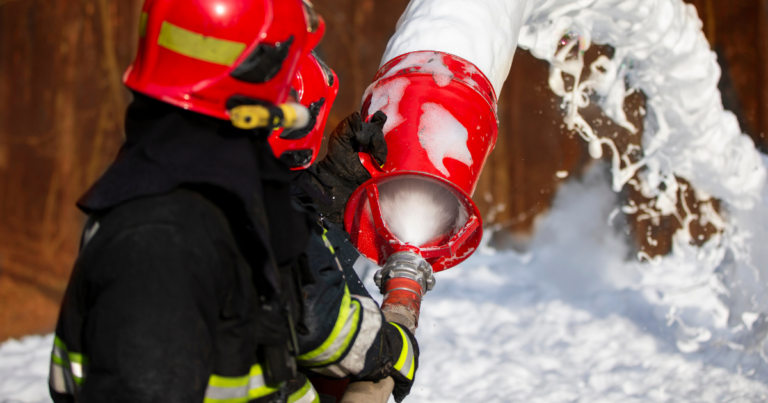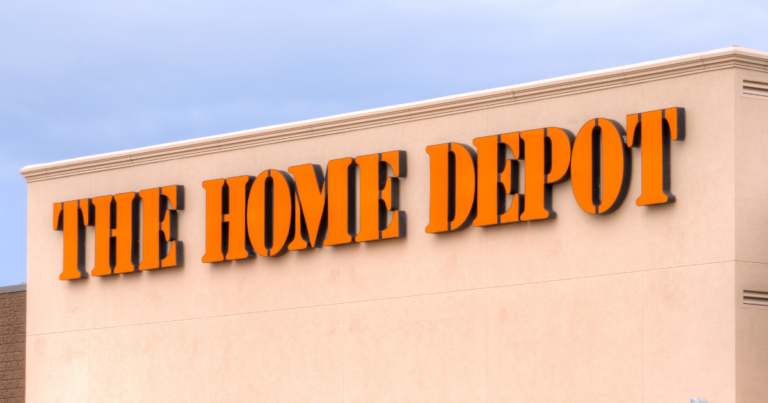Originally published by the Huffington Post.
 By Andy Igrejas, National Campaign Director for Safer Chemicals, Healthy Families, a coalition of nearly 300 environmental health groups working to overhaul our failed federal chemicals policy.
By Andy Igrejas, National Campaign Director for Safer Chemicals, Healthy Families, a coalition of nearly 300 environmental health groups working to overhaul our failed federal chemicals policy.
A fight that has been raging in state legislatures, corporate boardrooms, scientific journals and a shopping aisle near you for a decade is about to come to Washington. The fight is over the safety of chemicals and it presents an opportunity for rare bi-partisan cooperation in our otherwise polarized times.
Last week Senator Frank Lautenberg (D-NJ) introduced the “Safe Chemicals Act of 2011”. The legislation would end the official indifference of the federal government to the safety of chemicals in everyday consumer products. The Senator has promised to bring the legislation to a vote this summer.
Senator Reid, the Majority Leader also has deep claims to the issue. He was the first to call for a Government Accounting Office investigation of our failed chemical policies back in 1994. That investigation was particularly damning and unfortunately, its results still hold true today. It found that the our main law to protect the public from toxic chemicals — the Toxic Substances Control Act of 1976 — never got off the ground. The law set extraordinary legal barriers to EPA taking action on even the most notorious chemicals.
A fight that has been raging in state legislatures, corporate boardrooms, scientific journals and a shopping aisle near you for a decade is about to come to Washington
As a result the agency has been fiddling around with mostly voluntary programs, even as much of the rest of the world has reacted to the alarm bells raised by scientists and health experts with sweeping reform of their own policies.
Those alarm bells have become increasingly deafening. Last year, the President’s Cancer Panel — the members of which were appointed by George W. Bush — reported that the role that common chemicals play in the incidence of cancer has been substantially understated. In 2009, The Endocrine Society thoroughly reviewed the science on how certain chemicals — often at very low doses — can disrupt key processes in the body in ways that contribute to many chronic diseases. They called for major policy changes. The Centers for Disease Control has been documenting for a decade that we are widely exposed to hundreds of chemicals with known health hazards. In the last few years, the National Academy of Sciences has issued several strong critiques of the way EPA evaluates chemicals and recommended fundamental changes.
Until now, these criticisms have been felt everywhere BUT in Washington. Our largest trading partner- the European Union — enacted broad reforms several years ago. In the last eight years, eighteen states passed seventy-one laws restricting specific chemicals or implementing new chemical safety policies. Perhaps the most decisive action, however, has come from everyday people — particularly moms — influencing the marketplace. Only a sliver of the huge body of peer-reviewed science has made its way into the media, but it has been enough to grab consumers’ — and businesses’ — attention. A seminal moment came in 2008, when concerns about the hormone-mimicking chemical bisphenol-A, led to the collapse of the market for baby bottles made with the substance. Walmart and Target were stuck with warehouses of unsellable inventory.
To avoid problems like these, smart companies like Staples, SC Johnson, and Walmart, have started to restrict chemicals in the products they make and sell. This has led in several cases to large-scale “de-selection” of a chemical in the market place – and that has finally perked up the chemical industry itself to the threat it faces.
For while the chemical industry has quietly celebrated and carefully cultivated federal gridlock on chemical oversight for a generation, it is now coming back to haunt them. Their credibility with consumers is approaching rock bottom. And the moms driving consumer preferences on chemicals don’t accept campaign contributions. When a company making a product has to choose between the chemical industry and its customers, it will choose its customers. All the pinstripes on K Street can’t make it otherwise.
Which brings us back to the Safe Chemicals Act. Can reform really happen given the partisan split in Congress? I think it can. The smart folks in the industry realize they need to be a part of the solution and some of them are stepping forward. If they prevail, there are House Republicans who can get on board, and this cause will begin to be seen as the nonpartisan issue that public opinion research consistently shows it is.
Ultimately — though our government can be deeply flawed — this is still a free country, and in the world outside Washington, the reformers are winning. Big business can help restore the ability of our public health agencies to protect our public health, or they can face the harsher judgment of the marketplace, where the moms rule and their decisions are final.




